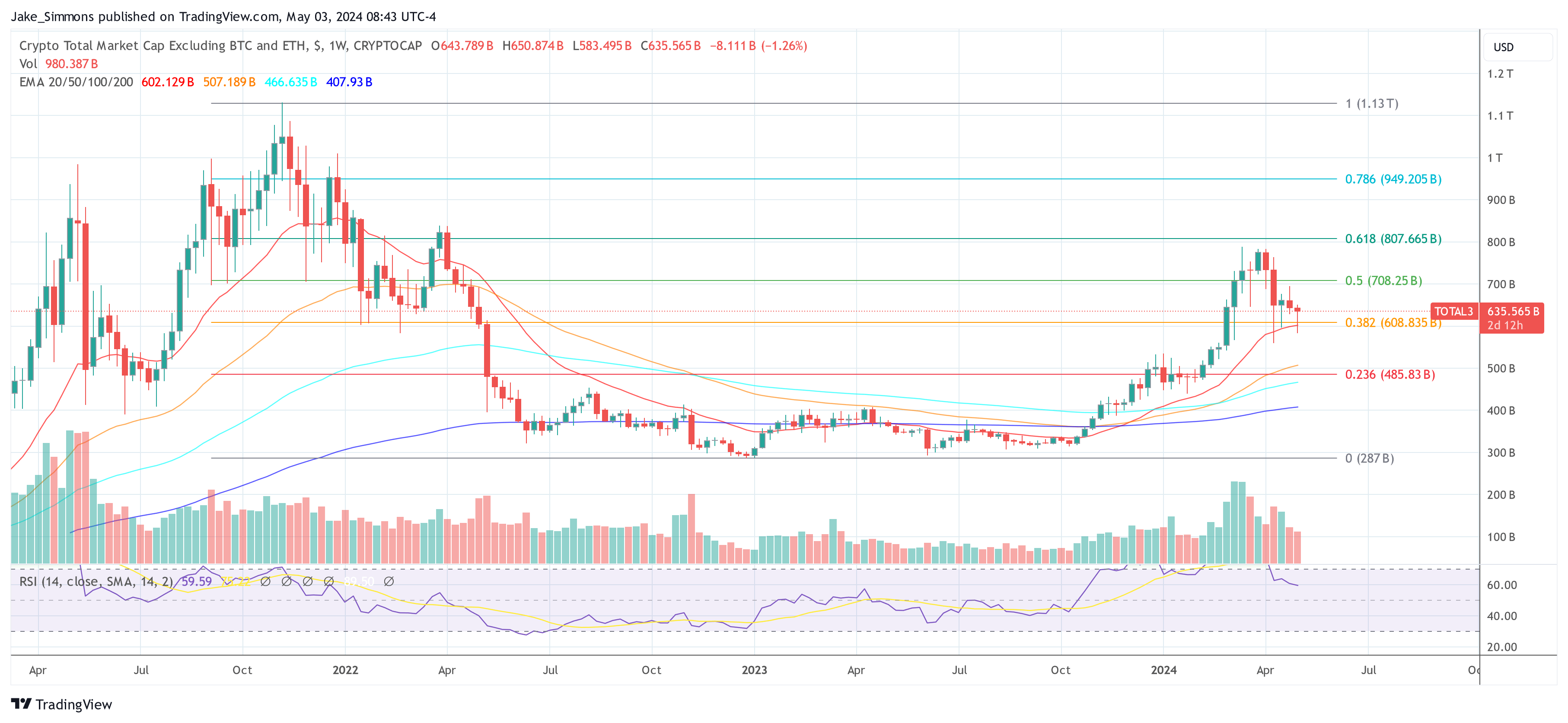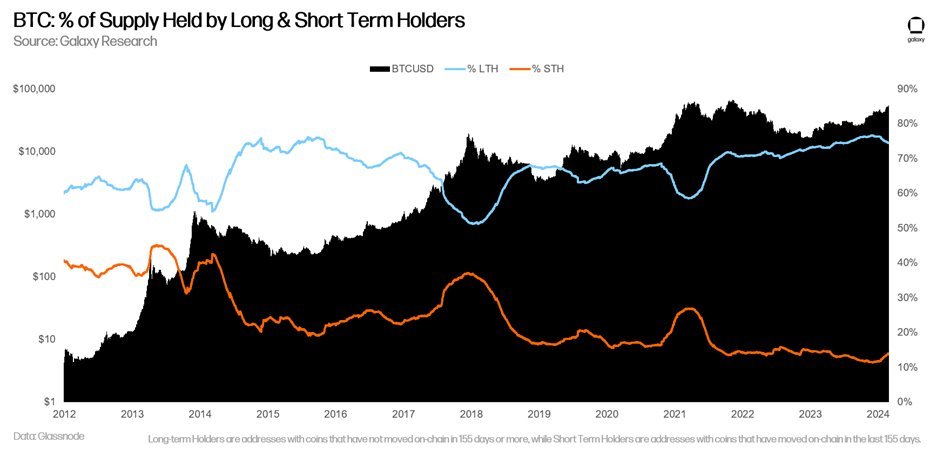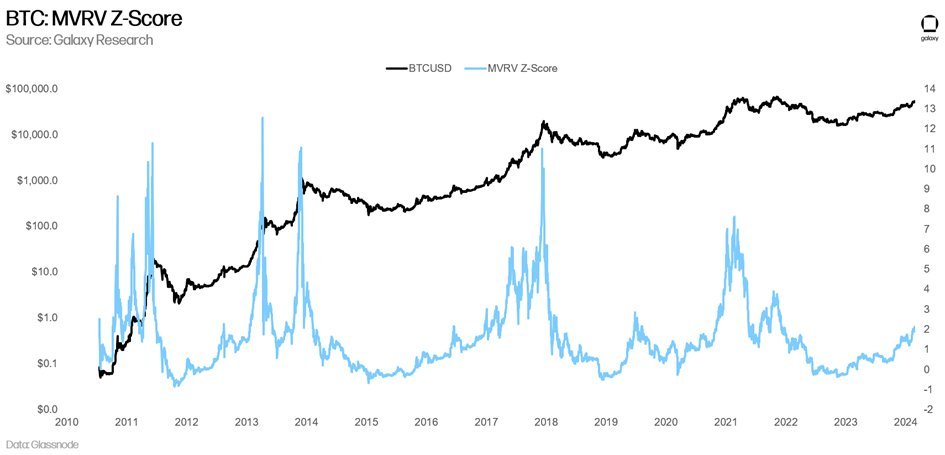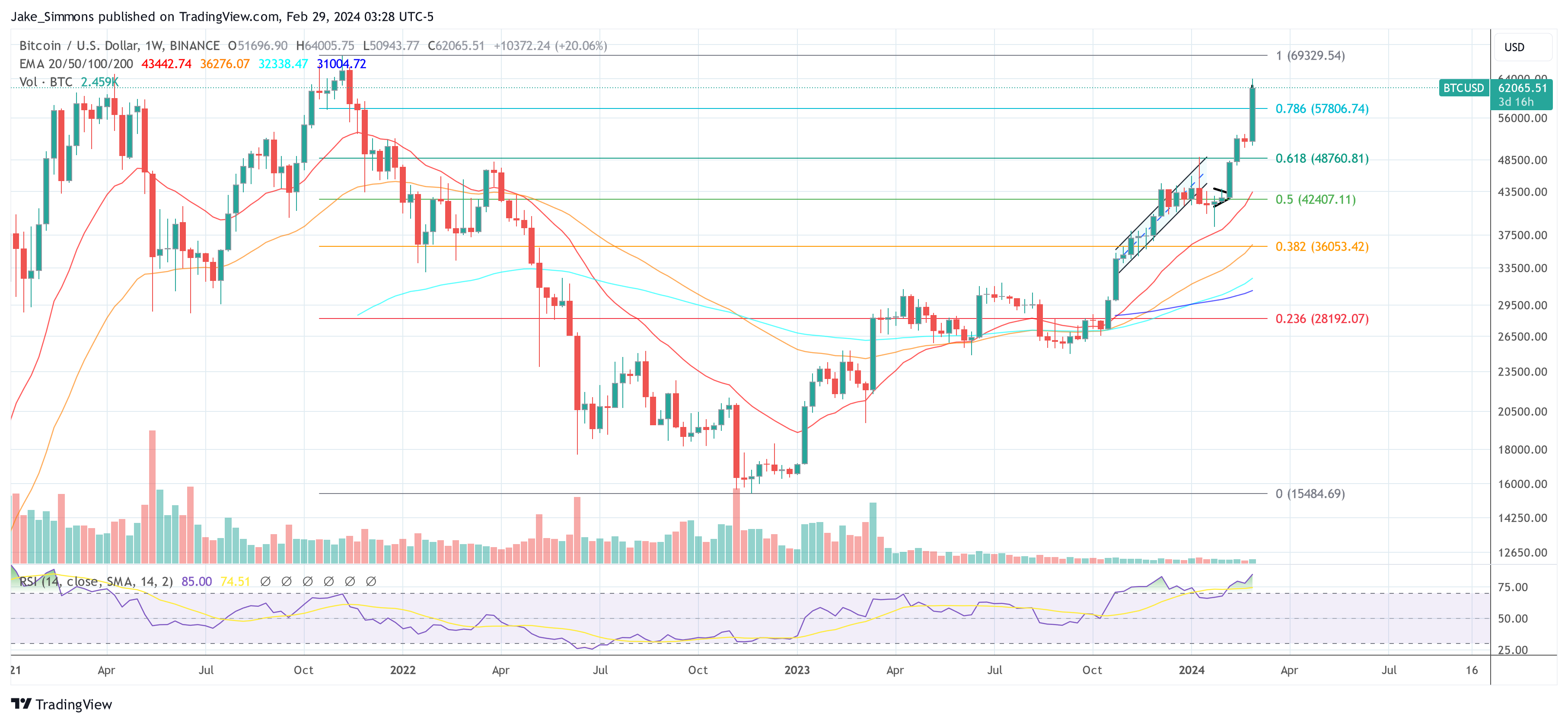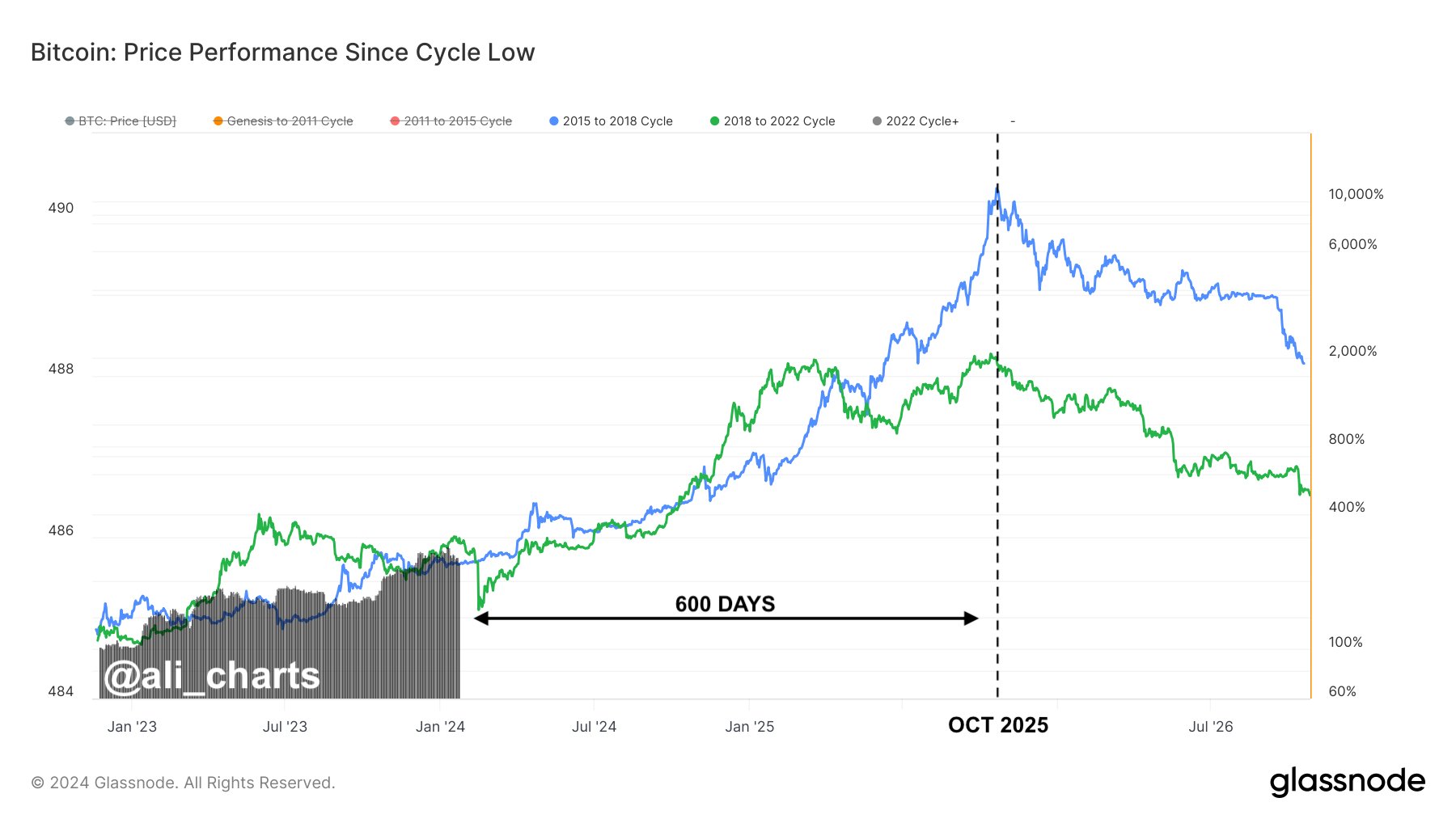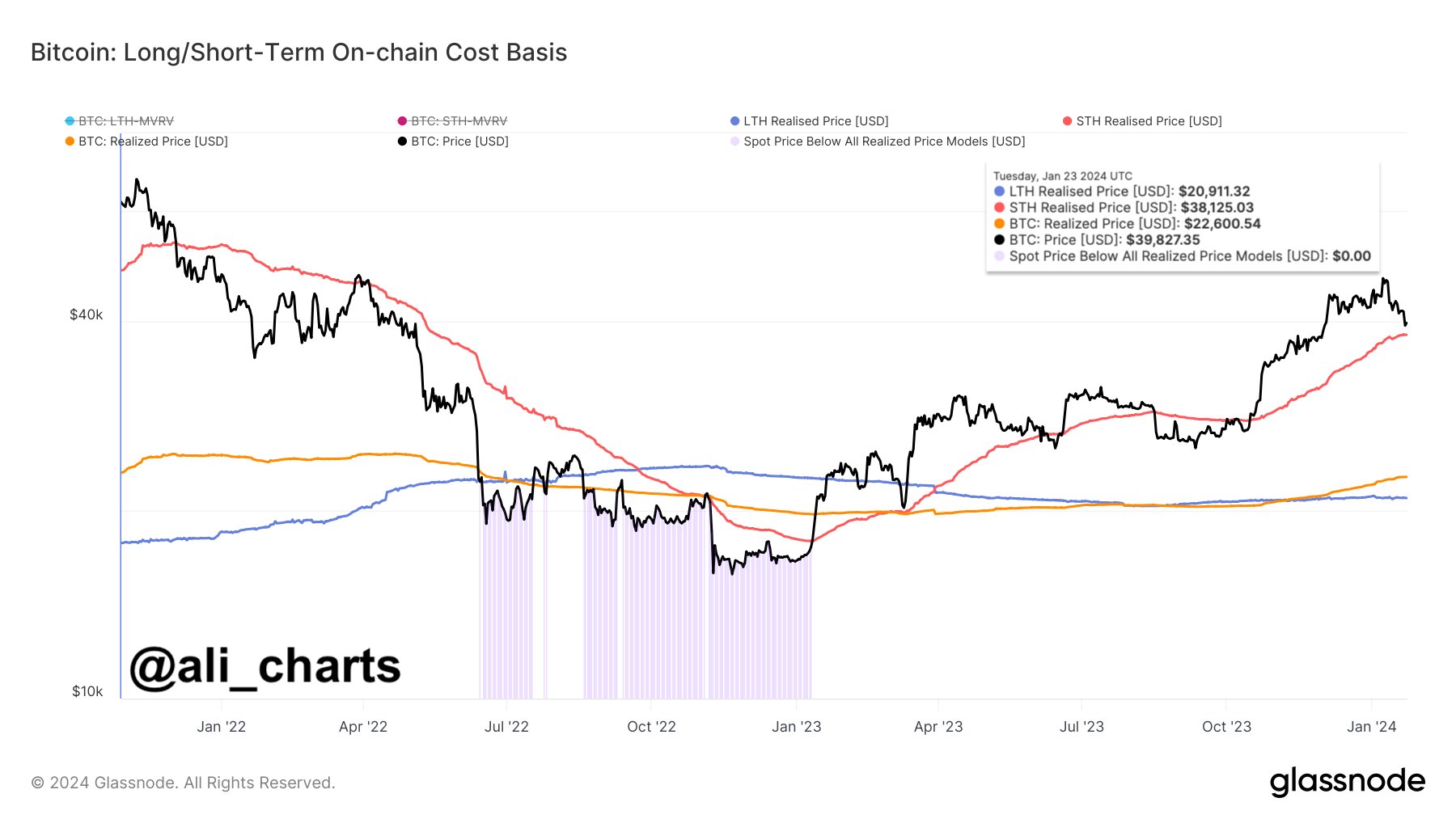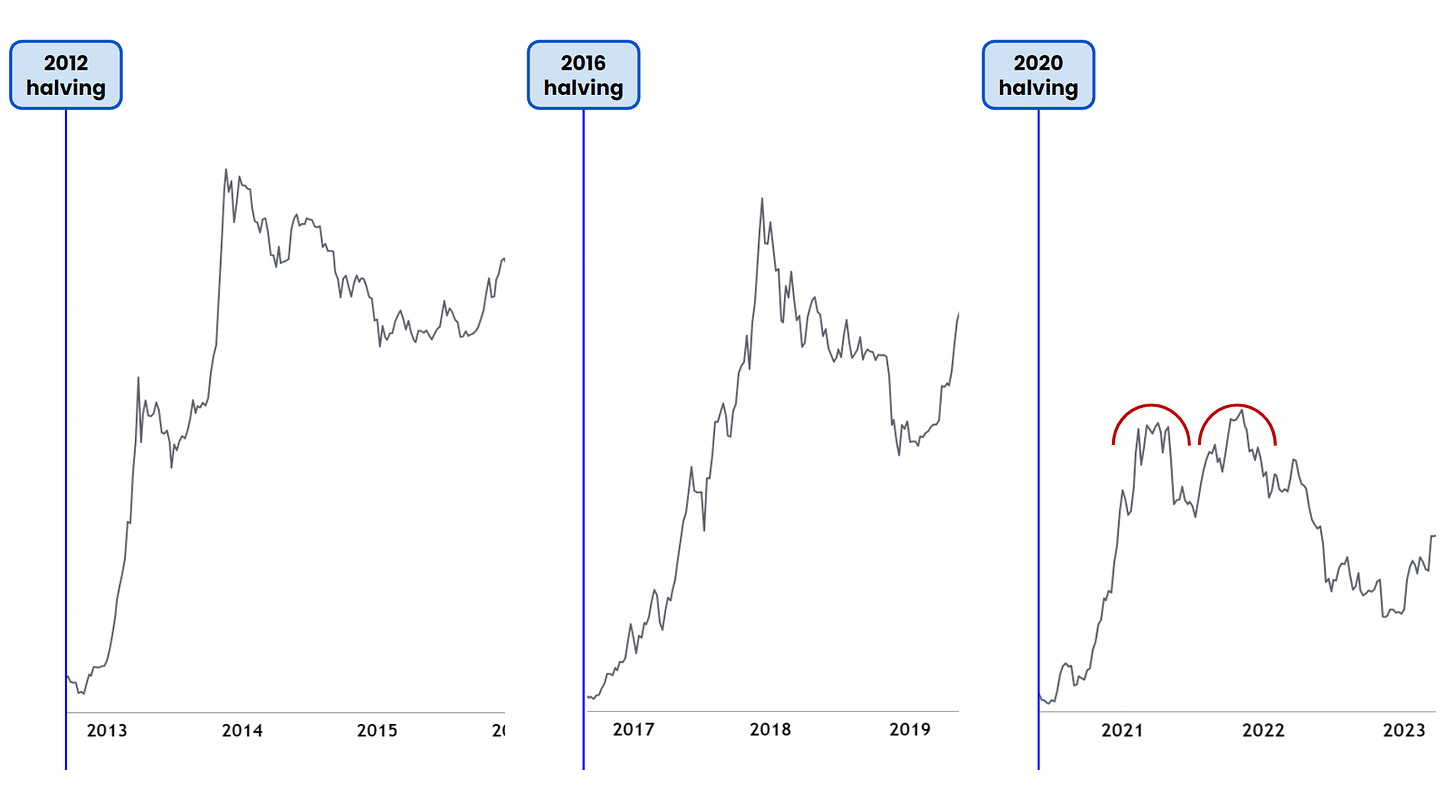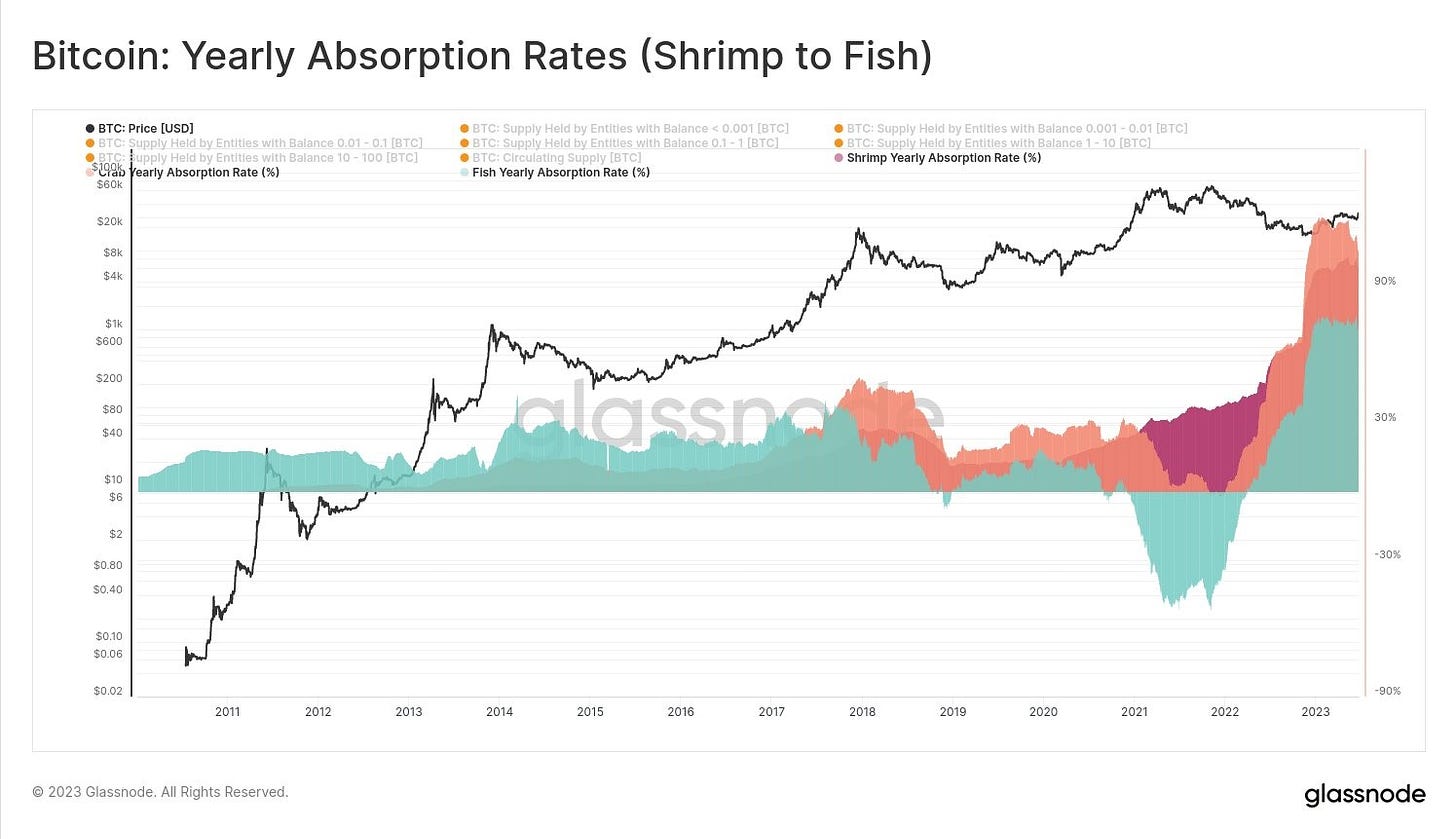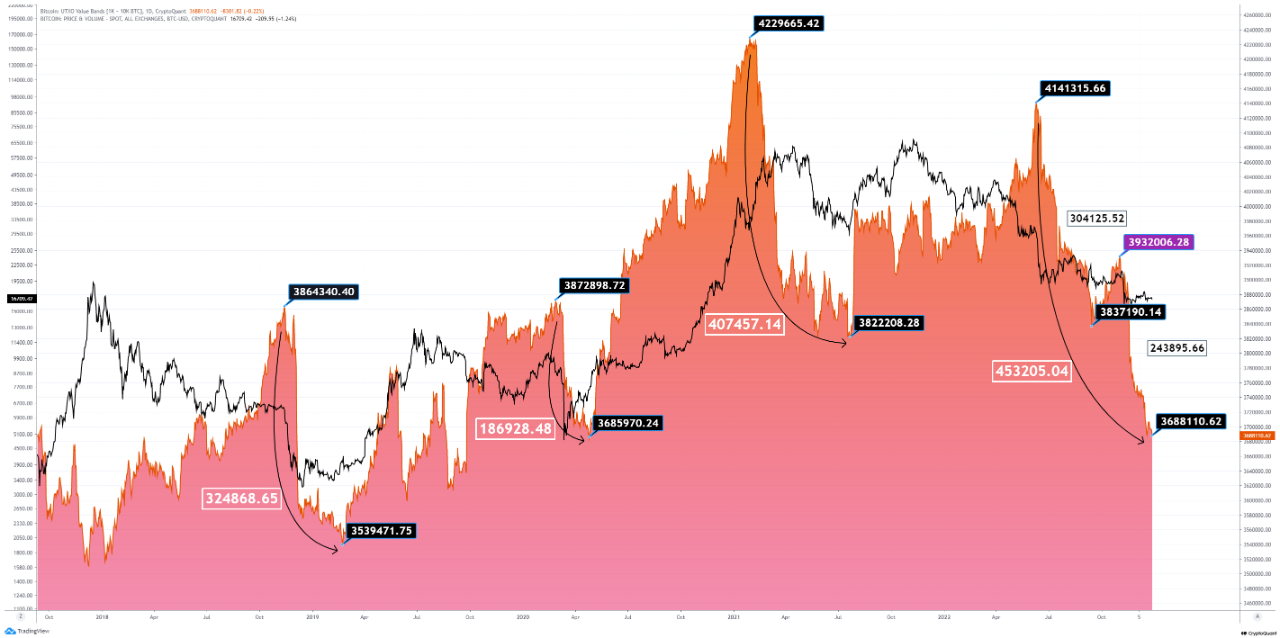In a detailed analysis shared with his 788,000 followers on X (formerly Twitter), renowned analyst Pentoshi has forecasted a more restrained outlook for the current crypto bull run, suggesting that it may not mirror the explosive growth seen in previous cycles. His insights provide a deep dive into the underlying factors that could temper the market’s performance.
Why Crypto Investors Have To Expect Diminishing Returns
Pentoshi began his analysis by stating, “This cycle should have the largest diminishing returns of any cycle,” attributing this prediction to several key market conditions. Primarily, he noted that the base market capitalization for cryptocurrencies has increased significantly in each successive cycle, setting a higher starting point that makes further exponential growth increasingly challenging.
“Each cycle has set a floor about 10x the previous lows in terms of market cap,” Pentoshi explained. He provided a historical context, recounting that when he entered the crypto market in 2017, the market cap for altcoins was only around $12-15 billion, a figure that ballooned to over $1 trillion during peak periods. He argued, “That growth isn’t repeatable,” pointing out that the decentralized finance (DeFi) sector, which was then nascent, played a significant role in driving previous cycles’ exceptional returns.
Another significant factor Pentoshi highlighted is the dramatic increase in the number of altcoins and the corresponding market dilution. “Today, however, there are a lot more alts, and a lot more dilution,” he remarked, indicating that the proliferation of new tokens spreads investment thinner across the market, reducing the potential for individual tokens to achieve substantial price increases.
Pentoshi also touched upon the demographic shifts in crypto ownership. He contrasted the early days of crypto adoption, when approximately 2% of Americans were involved in the market, to the present, where over 25% of Americans have some form of crypto investment. “It just requires more capital to move the markets, and there will continue to be a lot more alts, spreading it out further,” he noted, emphasizing the logistical and financial challenges of replicating past growth rates in a much more saturated market.
An often-overlooked aspect of market dynamics, according to Pentoshi, is the role of token liquidity and its impact on price stability. He detailed that recently, tokens amounting to about $250 million were unlocked daily, though not necessarily sold. “Assuming they all got sold, that is the inflows you’d need just to keep prices stable for 24 hours,” he explained, highlighting the delicate balance required to maintain current market levels, let alone drive prices upward.
Looking forward, Pentoshi was conservative in his expectations for the Total3 index, which tracks the top 125 altcoins (excludes Bitcoin and Ethereum). He estimated, “My best guess is that this cycle we don’t see Total 3 go 2x past the 21′ cycle ATH. So 2.2T max for Total3.” This projection underscores his broader thesis that while the market continues to offer daily opportunities, the era of “easy, outsized gains” might be behind us.
Pentoshi concluded his analysis with advice for investors, suggesting a more cautious approach to market participation. “If you believe the cycle is 50% over, you should be taking out more than you are putting in and building up some cash and buying other assets with lower risk in the meantime,” he advised, stressing the importance of securing gains and diversifying holdings to mitigate risk.
Reflecting on the psychological aspects of investing, he added, “Most people never really learn. Because if you can’t control your greed, and defeat it, you are destined to give back your gains repeatedly.” His parting words were a reminder of the cyclical and often predatory nature of financial markets, urging investors to secure profits and protect themselves from foreseeable downturns.
At press time, TOTAL3 stood at $635.565 billion, which is still more than -43 % below the last cycle high.
